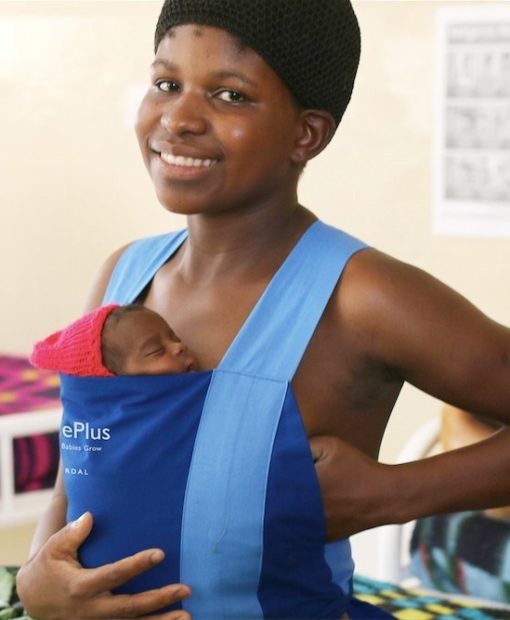
MONDAY, July 25, 2016 (HealthDay News) — Binge-watchers, beware: Too much time in front of the TV could boost your risk of death from a blood clot in the lung, researchers warn.
A lung blood clot (pulmonary embolism) typically begins as a clot in the leg or pelvis that develops due to inactivity and reduced blood flow. The clot can break free and travel to a lung and lodge in a small blood vessel, posing a serious threat.
This new study included more than 86,000 people in Japan, aged 40 to 70. They were asked how many hours they spent watching television and then were followed for 19 years. During that time, 59 participants died of a pulmonary embolism.
Compared to those who watched less than 2.5 hours of television a day, the risk of dying from pulmonary embolism increased 70 percent among those who watched 2.5 to 4.9 hours daily. It was 40 percent greater for each additional two hours of television viewing, and 2.5 times higher among those who watched five or more hours a day, the study found.
The results were published July 25 in the journal Circulation.
These findings may be of concern to Americans, who reportedly watch more TV than Japanese adults, said study first author Dr. Toru Shirakawa, a research fellow in public health at Osaka University Graduate School of Medicine.
“Nowadays, with online video streaming, the term ‘binge-watching’ to describe viewing multiple episodes of television programs in one sitting has become popular,” Shirakawa said in a journal news release. “This popularity may reflect a rapidly growing habit.”
Pulmonary embolism occurs at a lower rate in Japan than it does in Western countries, but it may be on the rise, said corresponding author Dr. Hiroyasu Iso, a professor of public health at Osaka University.
“The Japanese people are increasingly adopting sedentary lifestyles, which we believe is putting them at increased risk,” Iso said.
While the study can’t prove a direct cause-and-effect relationship, it’s likely the risk of death from watching too much television is even higher than what was found in the study because the condition is difficult to diagnose, the researchers said.
The most common symptoms of pulmonary embolism are chest pain and shortness of breath, which also occur with other life-threatening conditions. Also, diagnosis of pulmonary embolism requires imaging scans that aren’t available at many hospitals.
If you spend a lot of time in front of the TV, there are ways to reduce your risk of pulmonary embolism.
“After an hour or so, stand up, stretch, walk around, or while you’re watching TV, tense and relax your leg muscles for 5 minutes,” Iso said.
Drinking water may also help, he added.
This study was conducted before computers, tablets and smartphones become popular sources of entertainment, so new studies are needed to assess how these technologies affect pulmonary embolism risk, Iso and colleagues said.
More information
The U.S. National Heart, Lung, and Blood Institute has more on pulmonary embolism.






 May 19, 2018
May 19, 2018 



 December 13, 2016
December 13, 2016 
